How to keep a sense of fun without veering into 'unhinged eclecticism'
The little touches added to this redesigned Oxfordshire pub keep it fresh, fun and lively without overdoing it — something we could all learn from, as Giles Kime explains.

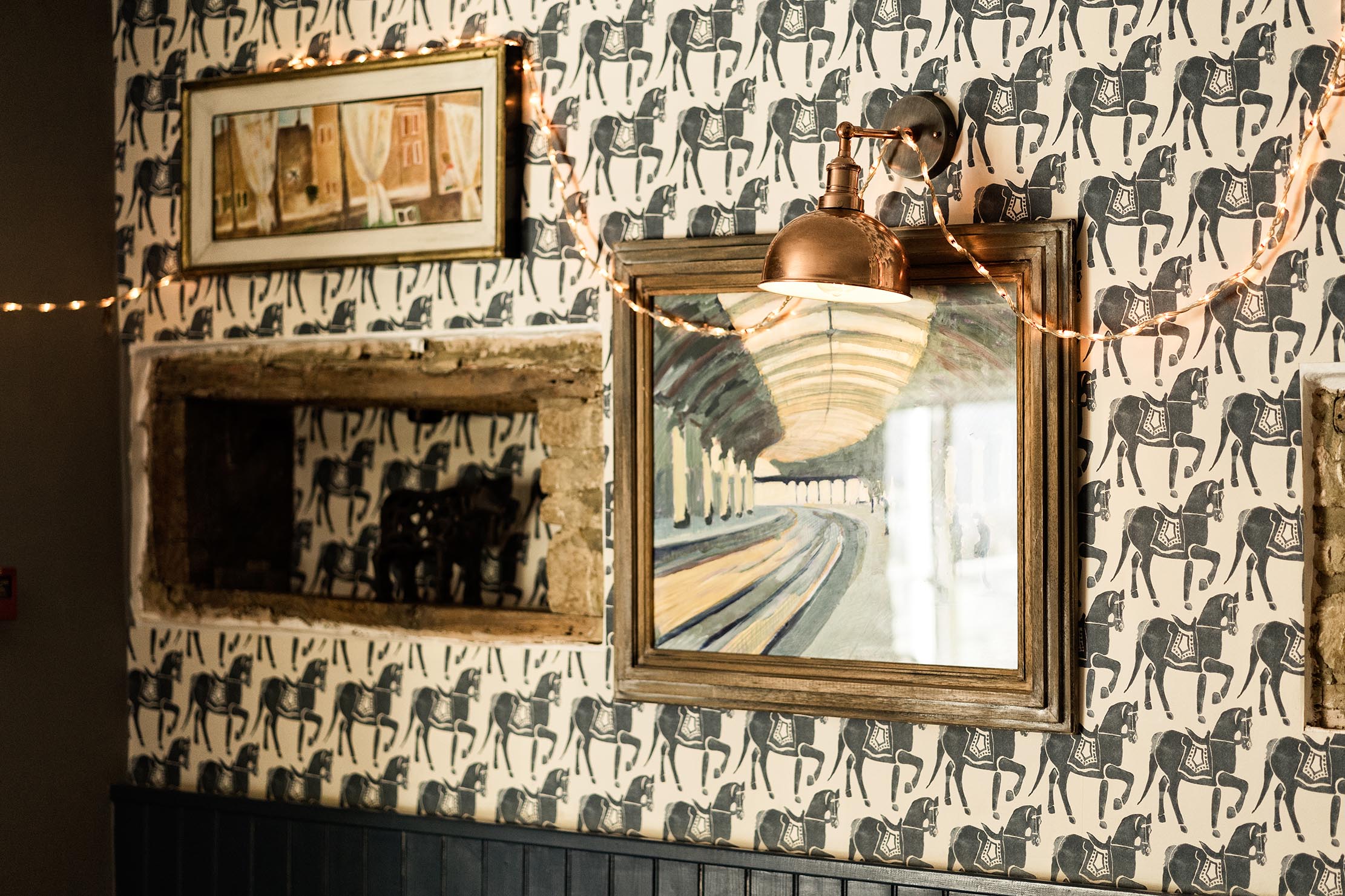
In many people’s minds, the fancier end of the pub market will forever be immortalised in the scenes in Four Weddings and a Funeral, in which Charles and Carrie spent a night at The Lucky Boatman, a fictional amalgam of the Kings Arms and The Crown, both in Amersham, Buckinghamshire. The room they shared (The Crown’s room 101 for any film enthusiasts planning a visit) epitomised the slightly formal, country look that dominated much of the 1990s.
A few years ago, The Crown was given a makeover by Ilse Crawford, the designer behind the modish interiors of a clutch of fashionable hotels, including Soho House in New York. Four-poster beds, pleated chintzy valances and big oriental lamps were swept away in favour of cowhide rugs, sheepskin throws and milking stools, like a hipsterish take on Le Hameau.
Now, however, there’s a new mood in interior design that’s bringing a lighter, altogether cosier touch to the smart pub-with-rooms and boutique hotels. Much of it is thanks to smaller fabric and wallpaper brands that almost instantly lend a room a look that’s both decorative and quirky.
Two trailblazers of this approach are the husband-and-wife team behind The Bull Inn in Charlbury, Oxfordshire. Charlie Crossley, former proprietor of the Hollywood Arms in Chelsea, and his wife, Willow, the florist and stylist, recently transformed the pub, creating a restaurant, bars and rooms that capture this spirit, with designs by Barneby Gates, Molly Mahon and Penny Morrison, who have brought a sense of fun to interior design.
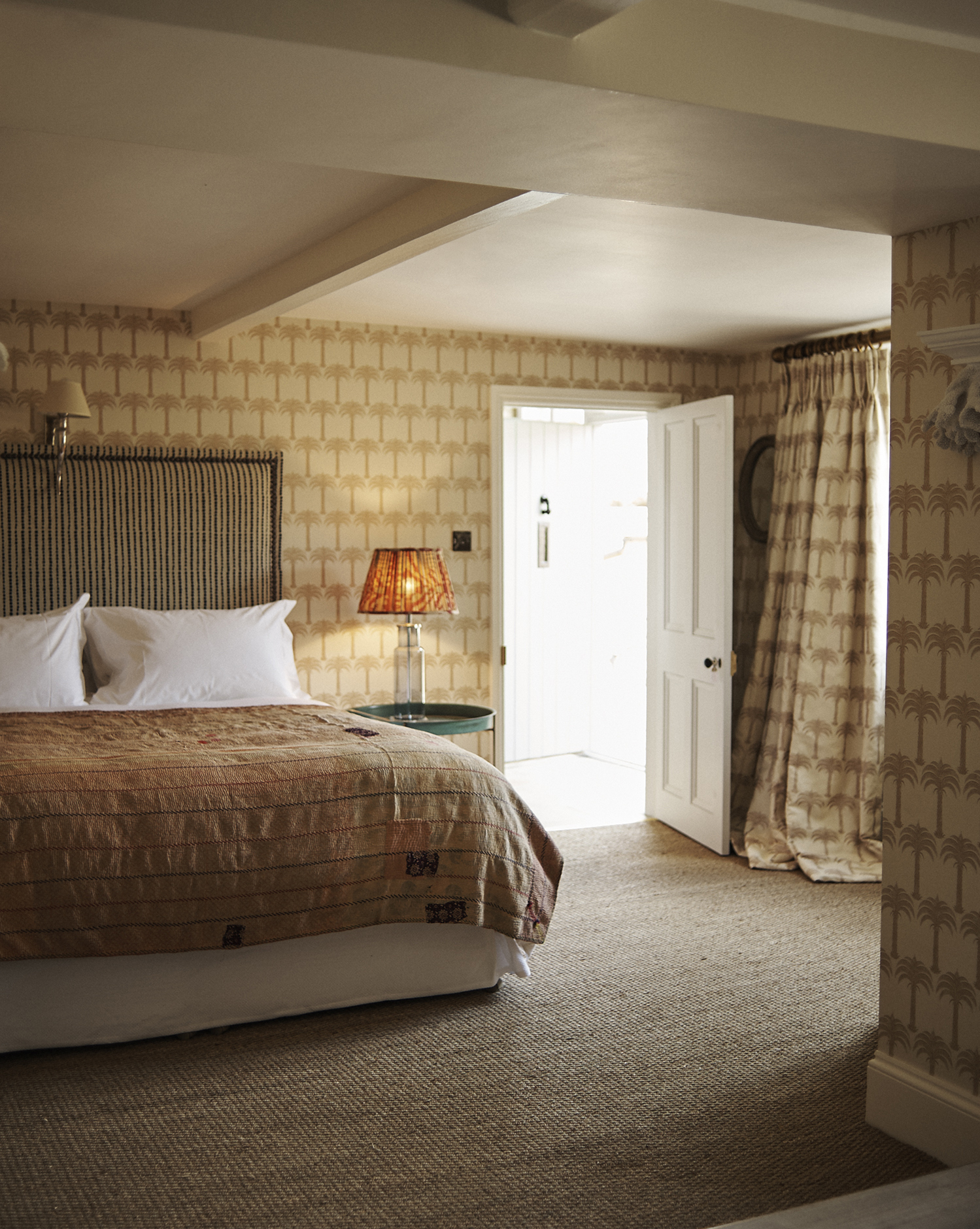
However it’s not just the quirky motifs that make the pubs’ rooms feel relaxed, the rooms have a mix of vintagey furniture and sisal flooring that combine to create a look and feel that is the antithesis of the sometimes contrived look of so many boutique hotels (which tend to be polarised between a slightly humourless Modernism at one extreme and unhinged eclecticism at the other).
The couple’s achievement is more than a nifty styling job. They’ve also applied plenty of lateral thought to the project by opening up rooms in order to offer the luxury of space where many would have crammed them with connecting doors, fitted joinery and minibars. Latterday Charleses and Carries have never had it so good.
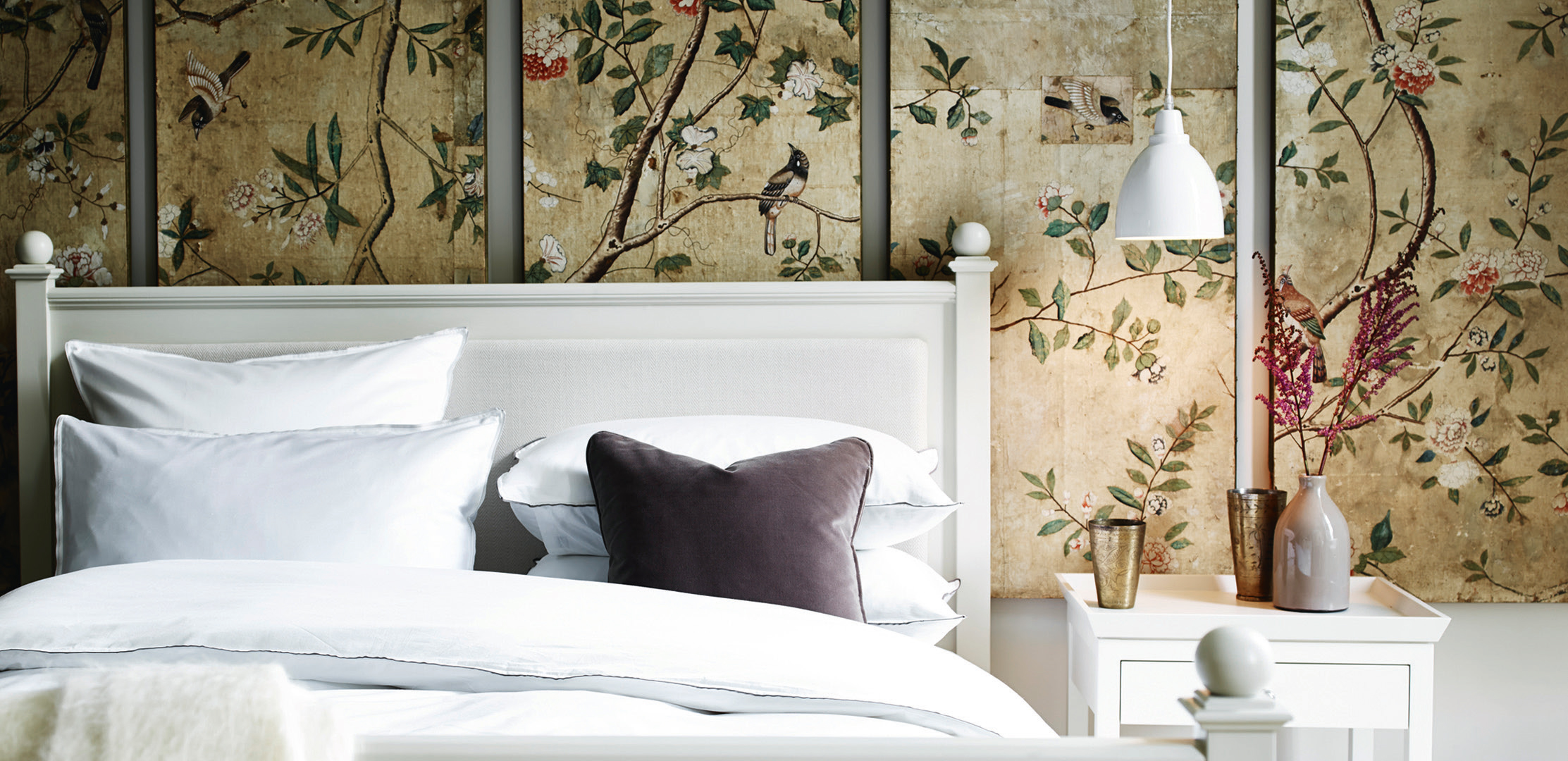
Credit: Rothschild & Bickers
Exquisite houses, the beauty of Nature, and how to get the most from your life, straight to your inbox.
Perfect pendants: Shedding light on why they've taken over from our precious table lamps
Pendant lights are plumbing new depths - Giles Kime finds out why.

Flooring it: 10 ideas for beautiful carpet, wood, stone or ceramic floors
Country Life's interiors editor Giles Kime makes his selection of fine flooring for all types of different room.
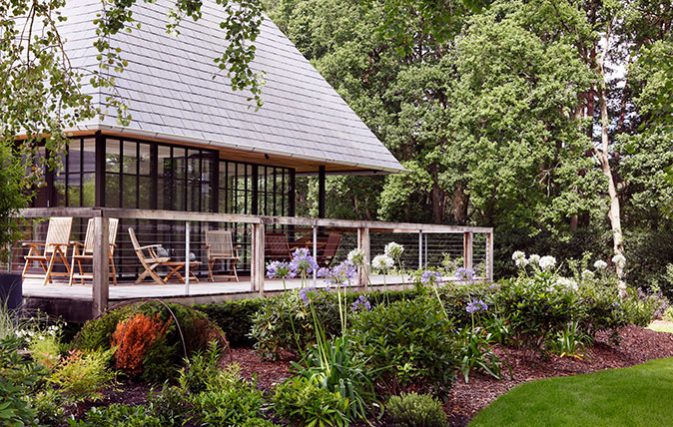
Credit: New build in Berkshire by Janine Stone
A house that shows sometimes the best option is bulldoze your home and start again
An Arts-and-Crafts-inspired house in Berkshire demonstrates the possibilities of a new build, says Giles Kime.
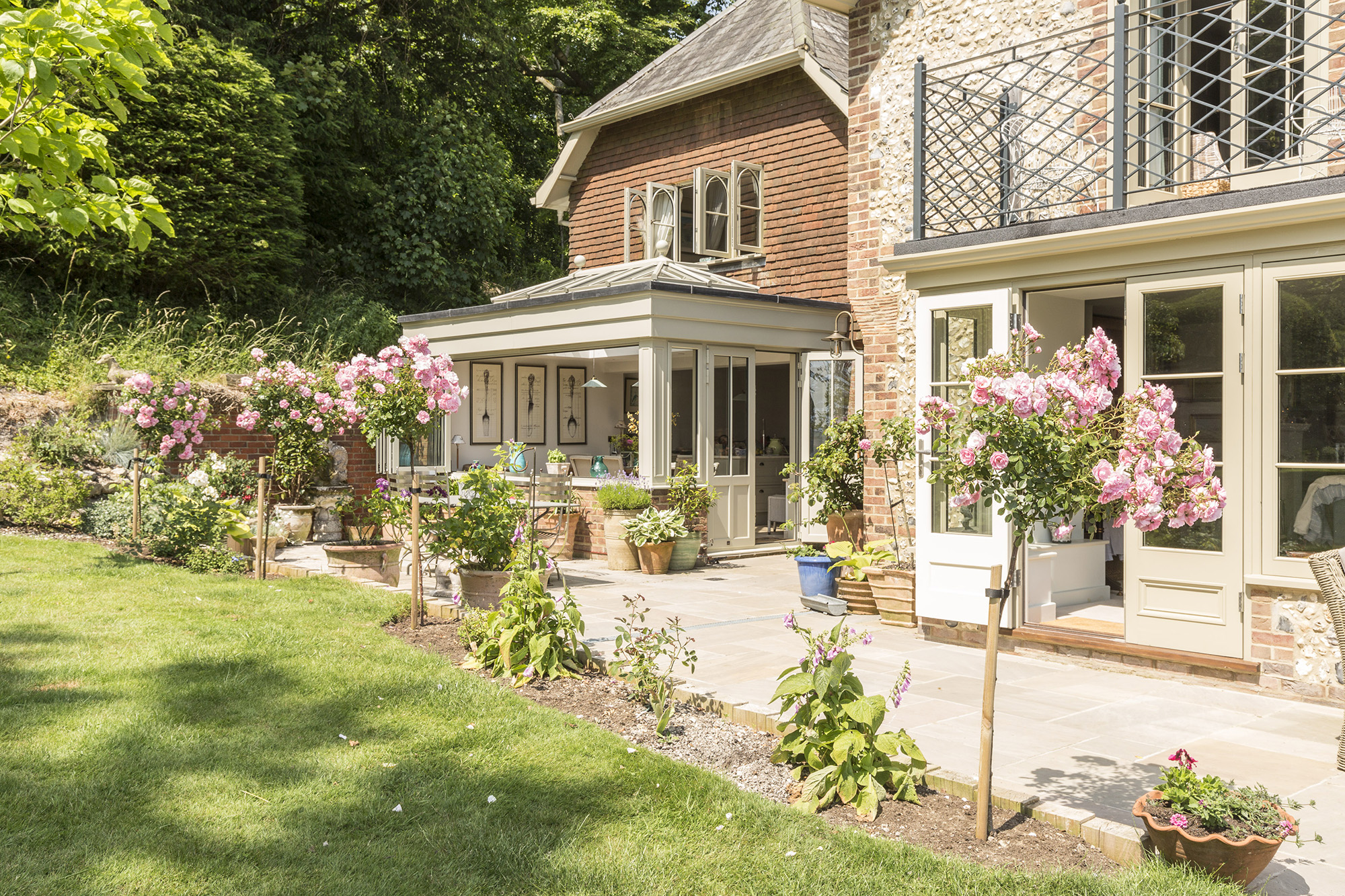
Credit: Chris Warren
The Art of Glass: How Marston & Langinger have transformed the conservatory as we know it
Nick Bashford tells Giles Kime how Marston & Langinger has succeeded in transforming the possibilities of glass architecture.
